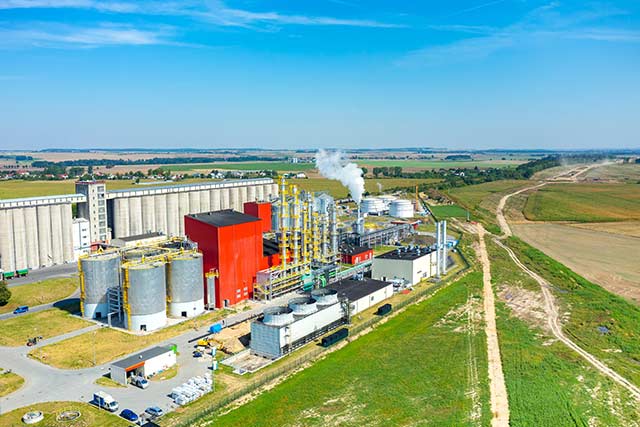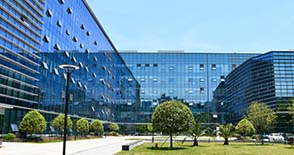Angel has many kinds of organic yeast derivative products, inactive yeast, yeast autolysates, yeast extract, yeast cell walls and mannoproteins. FN502 and FN503 are both excellent organic nutrients derived from Saccharomyces cerevisiae, and highly rich in free amino acids and small peptides.
Nitrogen is essential for protein synthesis and yeast growth. It will influence sugar metabolism, wine fermentation rate and the formation volatile compounds that contribute to the sensory quality of wine. Worldwide studies have shown that most grape must lack of yeast nutrients, especially yeast assimilable nitrogen.
Stuck or sluggish fermentations often occur in many winemakings. In stuck or sluggish fermentations, the available sugar is not completely used by the yeast, and fermentable sugar remains at the end of these fermentations. Nitrogen deficiencies in grape must or grape juice is the main reason that lead to incomplete fermentation and the production of undesirable compound and an increase of acetic acid.
Nitrogen concentration in grape must affects yeast cell growth (Fig. 1a) and fermantation rate (Fig. 1b), nitrogen deficiencies lead to low biomass production, slow fermentation and wine defects (Tesniere, C., et al, 2015).
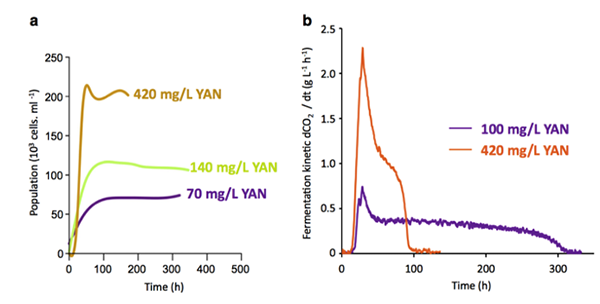
Fig.1 Yeast cell growth(a) and the fermentation kinetics (b) are modulated by the yeast assimilable nitrogen (YAN) content (Tesniere, C., et al, 2015)
What is YAN?
There are many kinds of nitrogen compounds in grape must such as ammonium ions, amino acids, peptides, protein, and nucleic acid, but not all of them can be used by yeast during wine fermentations. Yeast assimilable nitrogen (YAN) that is available for the wine yeast to use during fermentation consists of free α-amino nitrogen and ammonium (NH4+). The unusable nitrogen compounds in grape must is referred to as yeast non-asssimilable nitrogen (YNAN).
The requirement of YAN depends on sugar concentration in grape must, the characteristic of yeast uesed in fermentations. Lack of YAN can lead to sluggish or stuck fermentation, the production undesirable compounds and wine defeat, cause economic loss to winery.
Free α-amino nitrogenconsists ofmany kinds of amino acids, except proline. Some amino acids are precursors of volatile compounds formed during fermentations. Many factors can influence the nitrogen status of the grape must,climate, vintage, agricultural practices etc.
Table 1. The identity and concentration of amino acids found in the whole grape and/or juice at harvest.
(from Bell, S. J. and P. A. Henschke, 2005).
Amino acid | Concentration range reported in the literature (mg/L) | References |
Alanine | 10 – 227 | 1, 2, 3, 4, 5, 6, 8, 9, 10, 11 |
Arginine | 20 – 2322 | 1, 2, 3, 4, 5, 6, 7, 8, 9, 10, 11 |
Asparagine | 1 – 171 | 3, 5, 6, 9, 11 |
Aspartic acid | 10 – 138 | 1, 2, 3, 4, 5, 6, 8, 9, 10, 11 |
Citrulline | 0.1 – 83 | 2, 3, 5, 10 |
Cysteine | 1 – 8. 2 | 6, 10 |
Glutamine | 9 – 4499 | 1, 2, 3, 5, 8, 10, 11 |
Glutamic acid | 27 – 454 | 1, 3, 4, 5, 6, 7, 8, 9, 10, 11 |
Glycine | 1 – 20 | 3, 5, 6, 8, 10 |
Histidine | 5 – 197 | 2, 3, 5, 6, 8, 9, 10, 11 |
Isoleucine | 1 – 117 | 1, 2, 3, 5, 6, 8, 9, 10, 11 |
Leucine | 2–160 | 1, 2, 3, 5, 6, 8, 9, 10, 11 |
Lysine | 0.7 – 45 | 2, 3, 5, 6, 8, 9, 10 |
Methionine | 1 – 33 | 2, 3, 5, 6, 8, 9, 10 |
Ornithine | 0.1 – 27. 2 | 2, 3, 5, 8, 10 |
Phenylalanine | 2. 8 – 138 | 2, 3. 5, 6, 8, 9, 10, 11 |
Proline | 9 – 2257 | 1, 2, 3, 4, 6, 7, 8, 9, 10, 11 |
Serine | 13 – 330 | 1, 2, 3, 4, 5, 6, 9, 10, 11 |
Threonine | 9 – 284 | 1, 2, 3, 4, 5, 6, 8, 9, 10, 11 |
Tryptophan | 0.2 – 11 | 5 |
Tyrosine | 2 – 33 | 2, 3, 5, 6, 8, 9, 10 |
Valine | 7 – 116 | 1, 2, 3, 4, 5, 6, 8, 9, 10 |
1. Ough and Bell (1980), 2. Huang and Ough (1989), 3. Sponholz (1991), 4. Delas (1993), 5. Henschke and Jiranek (1993), 6. Spayd et al. (1994), 7. Spayd and Andersen-Bagge (1996), 8. Treeby et al. (1998), 9. Hernandez-Orte et al. (1999), 10. Miele et al (2000), 11. Conradie (2001).
It is a good choice to increase YAN by adding some commercial organic nitrogen to regulate wine fermentation, such as yeast-derived nutrients, 100% organic nutrients.
Angel has many kinds of organic yeast derivative products, inactive yeast, yeast autolysates, yeast extract, yeast cell walls and mannoproteins. FN502 and FN503 are both excellent organic nutrients derived from Saccharomyces cerevisiae, and highly rich in free amino acids and small peptides.
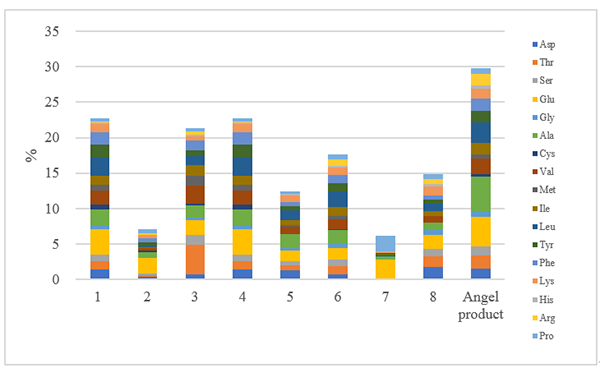
Fig 2. Free amino acids in different organic nutrient products available on the market
Amino nitrogen is healthier nutrient than inorganic ammonium nitrogen, and improve the quality of wine. As a good source of nitrogen, amino acids improve yeast growth and metabolism, and also are precursors of aroma compounds that improve wine sensory complexity. These two yeast derivatives (FN502 &FN503) provide free amino acids for yeast growth to face the stressful conditions (high sugars, lack of nutrient) and avoid stuck or sluggish fermentations. It also provides vitamins and minerals to improve yeast cell growth and multiplication. Some most important flavor and aroma compounds are formed from amino acids. Organic nutrient affects yeast metabolic pathways, regulates yeast growth condition, and improves the final wine quality.
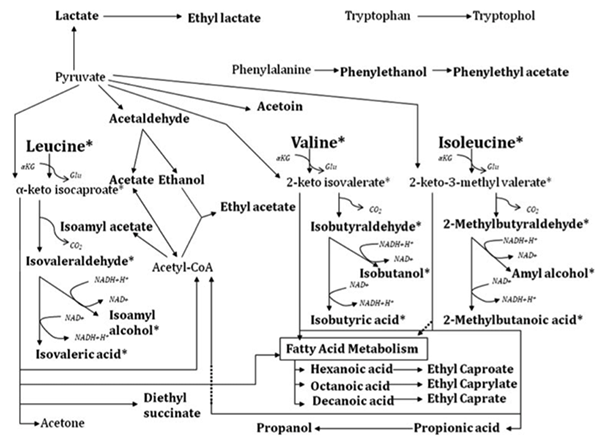
Fig 3. A simplified metabolic map of yeast aroma compound production, indicating known metabolic linkages.
(from Styger, G., et al, 2011)
References
Styger, G., et al. (2011). "Wine flavor and aroma." J Ind Microbiol Biotechnol 38(9): 1145-1159.
Tesniere, C., et al. (2015). "Responses of Saccharomyces cerevisiae to nitrogen starvation in wine alcoholic fermentation." Appl Microbiol Biotechnol 99(17): 7025-7034.
Bell, S. J. and P. A. Henschke (2005). "Implications of nitrogen nutrition for grapes, fermentation and wine." Australian Journal of Grape and Wine Research 11(3): 242-295.
About Angel Distilled spirits and Biofuels:
Angel can provide brewing yeasts, ingredients and related technical services for the production of wine, beer, and other brewing liquor. All our products are natural, safe, and of high quality. With the current energy shortages around the world, the production of fuel ethanol through yeast fermentation has become an inevitable trend.
About Angel:
Angel Yeast Company is a high-tech listed company specializing in yeast and biotech. Product business covers Yeast and Baking, Yeast Extract-Savoury, Nutrition & Health and Biotechnology fields. It is one of the world's leading companies in the yeast industry. Angel has 12 holding subsidiaries and provides products and services for more than 150 countries and regions.
 | Published by Fang Fang |
Press contact:
ANGEL YEAST CO., LTD
Address: 168 Chengdong Avenue, Yichang, Hubei 443003, P. R.China
Tel: +86 717 6353619
Email: ethanol@angelyeast.com

